Are you curious about the diverse wildlife inhabiting Cat Ba National Park, especially the rare Langurs? SIXT.VN is here to guide you through the wonders of Vietnamese nature, offering expert travel advice to ensure an unforgettable experience. With SIXT.VN, you can seamlessly explore Vietnam’s biodiversity. Discover the hidden gems of Cat Ba National Park, including unique fauna and flora.
1. Discovering Cat Ba National Park’s Wildlife: An Introduction
Cat Ba National Park, a jewel in Vietnam’s natural crown, is renowned for its stunning landscapes and rich biodiversity. It is home to a variety of wildlife, including mammals, birds, reptiles, and insects. This park is not just a sanctuary for nature lovers but also a critical conservation area for several endangered species.
1.1. What Makes Cat Ba National Park Special?
Cat Ba National Park is special due to its unique blend of terrestrial and marine ecosystems. The park encompasses both lush rainforests and vibrant coral reefs, providing habitats for a wide array of species. This biodiversity is further enhanced by the park’s location on Cat Ba Island, the largest island in Ha Long Bay, which creates a natural refuge for wildlife.
1.2. Where is Cat Ba National Park Located?
Cat Ba National Park is located on Cat Ba Island, part of the Cat Ba Archipelago in Northern Vietnam. The island is situated in Ha Long Bay, approximately 30 kilometers (19 miles) east of Hai Phong city. This location makes the park easily accessible for tourists and researchers alike.
1.3. When is the Best Time to Visit Cat Ba National Park?
The best time to visit Cat Ba National Park is during the dry season, which runs from October to April. During these months, the weather is mild and rainfall is low, making it ideal for trekking and wildlife spotting. The peak tourist season is from November to February, so planning your visit accordingly is advisable.
2. Key Wildlife Species to Observe in Cat Ba National Park
Cat Ba National Park is home to a diverse array of wildlife. While many species are elusive, with patience and a keen eye, you can encounter many fascinating creatures. The park’s biodiversity is a major draw for visitors interested in wildlife observation.
2.1. What Mammals Live in Cat Ba National Park?
Cat Ba National Park is home to various mammal species, including:
- The Cat Ba Langur (Golden-headed Langur): Critically endangered and endemic to Cat Ba Island.
- Civets: Several species, including the masked palm civet.
- Squirrels: Various species inhabiting the forest canopy.
- Macaques: Often seen near the park’s edges.
- Deer: Including the elusive deer species.
- Wild Boar: Commonly found in the forested areas.
- Other Small Mammals: Including various species of rats, bats, and hedgehogs.
2.2. Which Bird Species Can Be Seen in Cat Ba National Park?
Cat Ba National Park is a paradise for birdwatchers, with numerous species inhabiting the park. Notable bird species include:
- Hornbills: Including the Oriental pied hornbill.
- Eagles: Such as the crested serpent eagle.
- Kingfishers: Various species found near water bodies.
- Flycatchers: Numerous species in the forested areas.
- Sunbirds: Brightly colored birds feeding on nectar.
- Thrushes: Often seen in the undergrowth.
- Other Birds: Including woodpeckers, cuckoos, and owls.
2.3. What Reptiles and Amphibians Are Found in Cat Ba National Park?
The park’s diverse ecosystems support a variety of reptiles and amphibians, including:
- Snakes: Including pythons, vipers, and cobras.
- Lizards: Various species, such as geckos and skinks.
- Turtles: Both terrestrial and aquatic species.
- Frogs: Numerous species found near water sources.
- Salamanders: Rare species found in specific habitats.
- Other Reptiles and Amphibians: Including newts and caecilians.
2.4. Which Insect Species Are Common in Cat Ba National Park?
Cat Ba National Park teems with insect life, from colorful butterflies to fascinating beetles. Common insect species include:
- Butterflies: Numerous species, including swallowtails and monarchs.
- Beetles: Various species, such as stag beetles and longhorn beetles.
- Dragonflies: Often seen near water bodies.
- Ants: Various species forming complex colonies.
- Bees: Essential pollinators in the park.
- Other Insects: Including grasshoppers, crickets, and mantises.
3. Spotlight on the Cat Ba Langur: A Rare Treasure
The Cat Ba Langur, also known as the Golden-headed Langur, is a critically endangered primate endemic to Cat Ba Island. Its rarity and unique appearance make it a species of significant conservation concern and a highlight for wildlife enthusiasts visiting the park.
3.1. What is the Conservation Status of the Cat Ba Langur?
The Cat Ba Langur is listed as critically endangered by the International Union for Conservation of Nature (IUCN). With only around 70 individuals remaining, it is one of the world’s rarest primates.
3.2. Why is the Cat Ba Langur Endangered?
The Cat Ba Langur faces several threats that have pushed it to the brink of extinction. These include:
- Habitat Loss: Deforestation and development have reduced the langur’s habitat.
- Poaching: Hunting for traditional medicine and the pet trade has decimated populations.
- Small Population Size: The limited number of individuals makes the species vulnerable to genetic bottlenecks and environmental changes.
3.3. Where Can You See Cat Ba Langurs in the Park?
Cat Ba Langurs are primarily found in the limestone karsts of Cat Ba National Park. The best chance to see them is by hiring a local guide who knows their habitat and behavior. Early morning or late afternoon are ideal times for spotting them as they forage for food.
3.4. What Conservation Efforts Are in Place for the Cat Ba Langur?
Several conservation initiatives are underway to protect the Cat Ba Langur, including:
- Habitat Protection: Designating protected areas and preventing further deforestation.
- Anti-Poaching Patrols: Monitoring and preventing illegal hunting activities.
- Community Engagement: Educating local communities about the importance of langur conservation.
- Research and Monitoring: Studying the langur’s behavior and population dynamics to inform conservation strategies.
4. Planning Your Wildlife Observation Trip
To make the most of your wildlife observation trip to Cat Ba National Park, careful planning and preparation are essential. Understanding the park’s layout, regulations, and available services will enhance your experience and ensure the safety of both you and the wildlife.
4.1. What Permits and Regulations Do You Need to Know?
When visiting Cat Ba National Park, it is important to be aware of the necessary permits and regulations:
- Park Entrance Fee: There is an entrance fee to access the park, which helps support conservation efforts.
- Permits for Specific Activities: Certain activities, such as trekking in restricted areas, may require additional permits.
- Regulations: Adhering to park regulations, such as not feeding the animals and staying on marked trails, is crucial for wildlife protection.
4.2. What Gear Should You Bring for Wildlife Observation?
Having the right gear can significantly improve your wildlife observation experience. Essential items include:
- Binoculars: To get a closer look at distant animals.
- Camera: To capture memorable moments and document your sightings.
- Field Guide: To help identify different species.
- Comfortable Hiking Shoes: For navigating the park’s trails.
- Insect Repellent: To protect against mosquito bites.
- Sunscreen: To shield your skin from the sun.
- Water Bottle: To stay hydrated during your excursions.
4.3. How Can You Hire a Local Guide?
Hiring a local guide is highly recommended for a successful wildlife observation trip. Local guides possess extensive knowledge of the park’s flora and fauna, as well as the best spots for wildlife sightings. You can hire a guide through:
- Park Headquarters: The park headquarters can provide a list of certified guides.
- Local Tour Operators: Several tour operators on Cat Ba Island offer guided tours of the park.
- Recommendations: Seek recommendations from other travelers or accommodations.
4.4. Where Can You Stay Near Cat Ba National Park?
There are various accommodation options near Cat Ba National Park, ranging from budget-friendly guesthouses to luxurious resorts. Popular choices include:
- Cat Ba Town: Offers a wide range of hotels and guesthouses.
- Eco-Lodges: Located within or near the park, providing a more immersive nature experience.
- Homestays: Offer a chance to experience local culture and hospitality.
- Resorts: Offer luxurious amenities and services.
5. Ethical Wildlife Observation Practices
Responsible wildlife observation is essential to minimize disturbance to the animals and their habitats. By following ethical guidelines, you can ensure that your visit has a positive impact on the conservation of Cat Ba National Park.
5.1. How to Minimize Disturbance to Wildlife?
To minimize disturbance to wildlife, consider the following practices:
- Keep a Safe Distance: Maintain a respectful distance from animals to avoid causing stress.
- Avoid Loud Noises: Speak quietly and avoid making sudden movements.
- Do Not Feed the Animals: Feeding wildlife can alter their natural behaviors and make them dependent on humans.
- Stay on Marked Trails: Stick to designated trails to protect vegetation and prevent habitat destruction.
- Dispose of Waste Properly: Carry out all trash and dispose of it in designated bins.
5.2. What is the Impact of Tourism on Wildlife?
Tourism can have both positive and negative impacts on wildlife. While it can generate revenue for conservation efforts and raise awareness about biodiversity, it can also lead to:
- Habitat Degradation: Increased foot traffic and infrastructure development can damage habitats.
- Disturbance of Breeding Sites: Human presence can disrupt breeding and nesting activities.
- Altered Animal Behavior: Feeding and close encounters can change natural behaviors.
- Increased Pollution: Waste and pollution from tourism can harm ecosystems.
5.3. How to Support Local Conservation Efforts?
Supporting local conservation efforts is a meaningful way to contribute to the long-term protection of Cat Ba National Park. You can do this by:
- Donating to Conservation Organizations: Contribute financially to organizations working to protect the park.
- Participating in Conservation Activities: Join volunteer programs or conservation projects.
- Supporting Local Businesses: Patronize eco-friendly businesses that prioritize sustainability.
- Educating Others: Share your knowledge and experiences to raise awareness about conservation issues.
6. Other National Parks in Vietnam for Wildlife Enthusiasts
Vietnam boasts several other national parks that offer unique wildlife observation opportunities. Each park has its distinct ecosystems and species, providing diverse experiences for nature lovers.
6.1. Cuc Phuong National Park
Cuc Phuong National Park, one of Vietnam’s oldest and most renowned national parks, is a haven for biodiversity. Located in the Ninh Binh province, it features lush rainforests, ancient trees, and diverse wildlife. The park is particularly known for its primate rescue center and diverse birdlife.
6.2. Phong Nha-Ke Bang National Park
Phong Nha-Ke Bang National Park, a UNESCO World Heritage Site, is famous for its spectacular cave systems and rich biodiversity. Located in the Quang Binh province, the park features dense forests, underground rivers, and unique wildlife. It is home to several endangered species, including the Saola and the Hatinh Langur.
6.3. Cat Tien National Park
Cat Tien National Park, located in southern Vietnam, is one of the country’s largest and most important protected areas. The park encompasses diverse ecosystems, including lowland rainforests, grasslands, and wetlands. It is home to a variety of wildlife, including elephants, gaurs, and primates.
6.4. Bach Ma National Park
Bach Ma National Park, situated in central Vietnam, is a mountainous park known for its cool climate and diverse flora and fauna. The park features lush forests, waterfalls, and panoramic views. It is home to several endemic species, including the Edwards’s pheasant and the Annamite striped rabbit.
7. Cultural and Historical Significance of Cat Ba Island
Cat Ba Island not only offers natural beauty but also boasts rich cultural and historical significance. Exploring the island’s historical sites and cultural landmarks can provide a deeper appreciation for the region’s heritage.
7.1. What Historical Sites Can You Visit on Cat Ba Island?
Cat Ba Island has several historical sites that offer insights into its past. Notable sites include:
- Cannon Fort: A historic military installation offering panoramic views of the island and surrounding bay.
- Hospital Cave: A former hospital used during the Vietnam War, providing a glimpse into wartime life.
- Cai Beo Floating Village: One of Vietnam’s oldest floating villages, showcasing traditional fishing culture.
7.2. How Does Local Culture Impact Conservation Efforts?
Local culture plays a significant role in conservation efforts on Cat Ba Island. Traditional practices and beliefs can either support or hinder conservation goals. Engaging local communities in conservation initiatives is crucial for their success.
7.3. What Festivals and Traditions are Celebrated on Cat Ba Island?
Cat Ba Island celebrates several festivals and traditions that reflect its maritime heritage. Notable events include:
- Cat Ba Tourism Week: A week-long event showcasing the island’s attractions and cultural activities.
- Fishermen’s Festival: A celebration of the fishing community, featuring traditional rituals and boat races.
- Lunar New Year (Tet): Vietnam’s most important festival, celebrated with family gatherings and traditional customs.
8. Practical Travel Tips for Visiting Vietnam
Traveling to Vietnam can be an enriching experience with some practical tips. Understanding the local customs, transportation options, and health precautions will help ensure a smooth and enjoyable trip.
8.1. What are the Visa Requirements for Vietnam?
Most foreign visitors need a visa to enter Vietnam. Visa requirements vary depending on nationality and length of stay. You can apply for a visa through:
- Vietnamese Embassy or Consulate: Applying in person or by mail at a Vietnamese diplomatic mission.
- E-Visa: Applying online through the official Vietnam e-visa portal.
- Visa on Arrival: Obtaining a visa upon arrival at select international airports in Vietnam.
8.2. How to Get Around Vietnam?
Vietnam offers various transportation options for getting around the country. Popular choices include:
- Flights: Domestic flights are a convenient way to travel long distances.
- Trains: The Reunification Express train connects major cities from north to south.
- Buses: Local buses are an affordable option for traveling between cities and towns.
- Motorbikes: Renting a motorbike is a popular way to explore local areas.
- Taxis and Ride-Hailing Services: Available in major cities.
8.3. What Health Precautions Should You Take?
Before traveling to Vietnam, it is important to take certain health precautions. Consult your doctor about recommended vaccinations and medications. Other tips include:
- Vaccinations: Ensure you are up-to-date on routine vaccinations and consider vaccinations for hepatitis A, typhoid, and Japanese encephalitis.
- Malaria Prevention: Take malaria prophylaxis if traveling to areas with a high risk of malaria.
- Food and Water Safety: Drink bottled water and avoid eating raw or undercooked food.
- Insect Protection: Use insect repellent and wear long sleeves and pants to protect against mosquito bites.
8.4. What is the Local Currency and How to Handle Money?
The local currency in Vietnam is the Vietnamese Dong (VND). It is advisable to carry both cash and credit cards. Tips for handling money include:
- Exchanging Money: Exchange currency at banks, airports, or authorized exchange bureaus.
- Using ATMs: ATMs are widely available in major cities and towns.
- Credit Cards: Credit cards are accepted at many hotels, restaurants, and shops.
- Bargaining: Bargaining is common in markets and small shops.
9. Experience Cat Ba National Park with SIXT.VN
Planning a trip to Cat Ba National Park is exciting, and SIXT.VN is here to make your journey seamless. We offer a range of services to cater to your travel needs, ensuring a memorable and stress-free experience.
9.1. Why Choose SIXT.VN for Your Travel Needs?
SIXT.VN offers a comprehensive range of travel services designed to enhance your trip to Vietnam. Our services include:
- Expert Travel Advice: Personalized advice on the best time to visit, what to see, and how to get around.
- Airport Transfer Services: Convenient and reliable airport transfers to and from your accommodation.
- Hotel Booking Assistance: Assistance in finding the perfect hotel that suits your budget and preferences.
- Tour Packages: Curated tour packages that showcase the best of Vietnam, including Cat Ba National Park.
- Flight Booking Services: Assistance with booking flights to and from Vietnam.
- 24/7 Customer Support: Round-the-clock support to assist you with any queries or concerns.
9.2. How Can SIXT.VN Help You Plan Your Trip to Cat Ba National Park?
SIXT.VN specializes in creating personalized travel experiences, particularly for those interested in exploring Cat Ba National Park. We can assist you with:
- Custom Itineraries: Designing custom itineraries that cater to your specific interests and time constraints.
- Guided Tours: Arranging guided tours led by knowledgeable local experts who can provide insights into the park’s flora, fauna, and history.
- Transportation Logistics: Organizing transportation to and from the park, ensuring a smooth and hassle-free journey.
- Accommodation Recommendations: Recommending and booking accommodations that are conveniently located and offer the amenities you need.
9.3. Booking Your Adventure with SIXT.VN
Booking your adventure with SIXT.VN is easy and straightforward. You can get started by:
- Visiting Our Website: Explore our website to learn more about our services and browse our tour packages.
- Contacting Us: Reach out to our customer support team via phone or email to discuss your travel plans and requirements.
- Personalized Consultation: Schedule a personalized consultation with one of our travel experts who will help you design the perfect itinerary.
9.4. Contact Information for SIXT.VN
For more information and to book your trip, please contact us:
- Address: 260 Cau Giay, Hanoi, Vietnam
- Hotline/Whatsapp: +84 986 244 358
- Website: SIXT.VN
10. Frequently Asked Questions (FAQs)
10.1. What kind of wildlife might be seen in Cat Ba National Park?
Cat Ba National Park is home to diverse wildlife, including the critically endangered Cat Ba Langur, various bird species like hornbills and eagles, reptiles, amphibians, and numerous insects.
10.2. Are Cat Ba Langurs easy to spot in Cat Ba National Park?
Cat Ba Langurs are rare and critically endangered, so spotting them requires patience and the help of a local guide familiar with their habitat.
10.3. What is the best time of year to visit Cat Ba National Park for wildlife observation?
The best time to visit is during the dry season, from October to April, when the weather is mild and rainfall is low.
10.4. Do I need a permit to enter Cat Ba National Park?
Yes, you need to pay an entrance fee to access the park, and certain activities may require additional permits.
10.5. What should I bring for a wildlife observation trip to Cat Ba National Park?
Essential gear includes binoculars, a camera, a field guide, comfortable hiking shoes, insect repellent, sunscreen, and a water bottle.
10.6. How can I minimize my impact on wildlife while visiting Cat Ba National Park?
Keep a safe distance from animals, avoid loud noises, do not feed the animals, stay on marked trails, and dispose of waste properly.
10.7. Are there any other national parks in Vietnam worth visiting for wildlife?
Yes, other notable national parks include Cuc Phuong National Park, Phong Nha-Ke Bang National Park, Cat Tien National Park, and Bach Ma National Park.
10.8. How can SIXT.VN help me plan my trip to Cat Ba National Park?
SIXT.VN offers expert travel advice, airport transfer services, hotel booking assistance, tour packages, and 24/7 customer support.
10.9. Is it safe to drink tap water in Vietnam?
It is generally not recommended to drink tap water in Vietnam. It is best to drink bottled water or use a water purifier.
10.10. What are some of the cultural attractions on Cat Ba Island?
Cultural attractions include Cannon Fort, Hospital Cave, and Cai Beo Floating Village.
Visiting Cat Ba National Park is an adventure that promises unforgettable encounters with nature’s wonders. With careful planning and the right guidance, you can make the most of your trip and contribute to the conservation of this precious ecosystem. Trust SIXT.VN to be your partner in creating a travel experience that is both enriching and sustainable.
 Cat Ba National Park
Cat Ba National Park
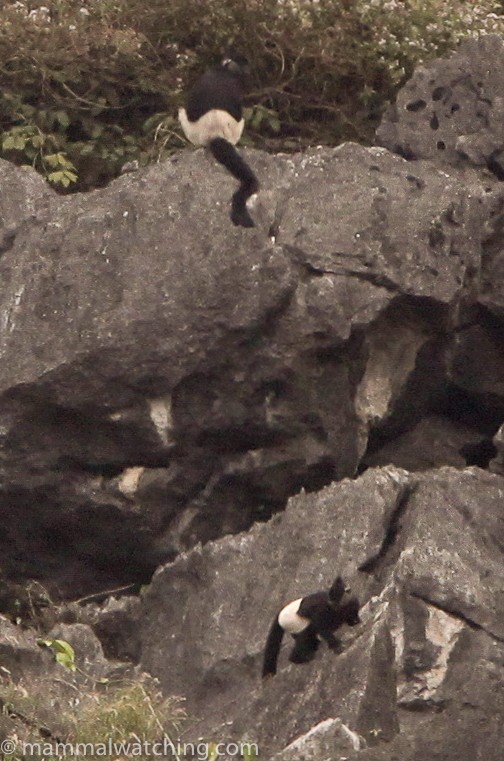 Cat Ba Langurs
Cat Ba Langurs
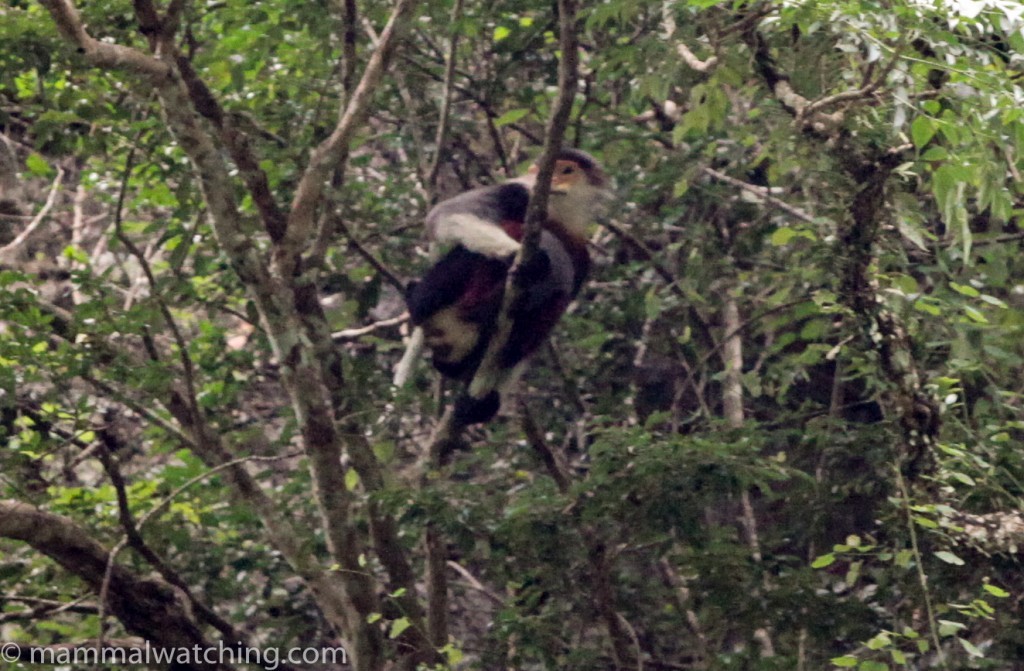 Red-shanked Douc Langur
Red-shanked Douc Langur
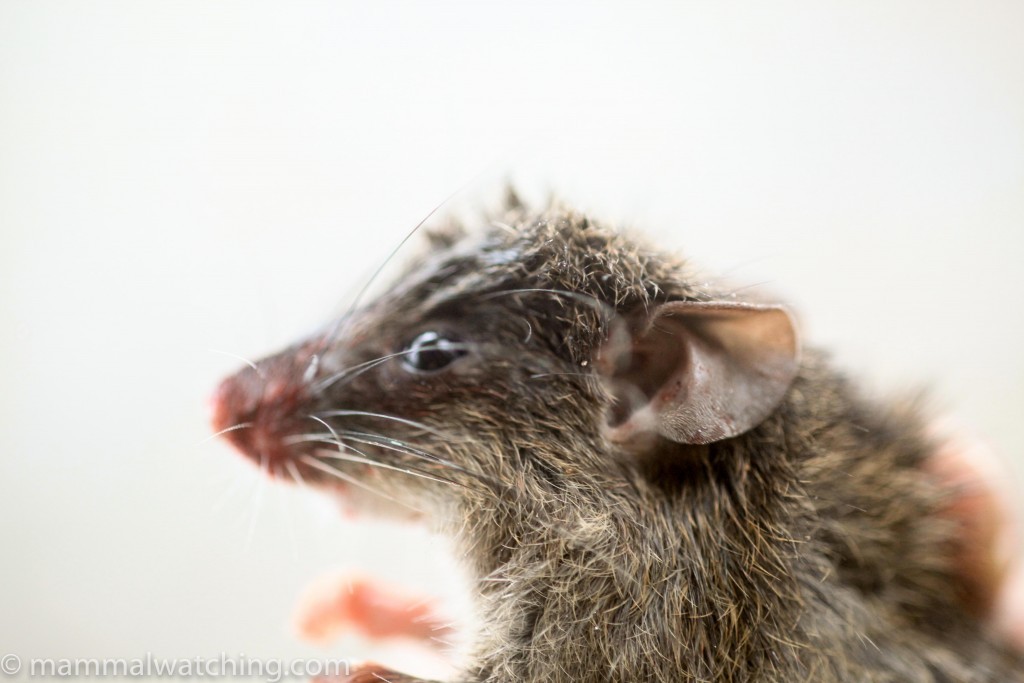 Lesser Rice-field Rat
Lesser Rice-field Rat
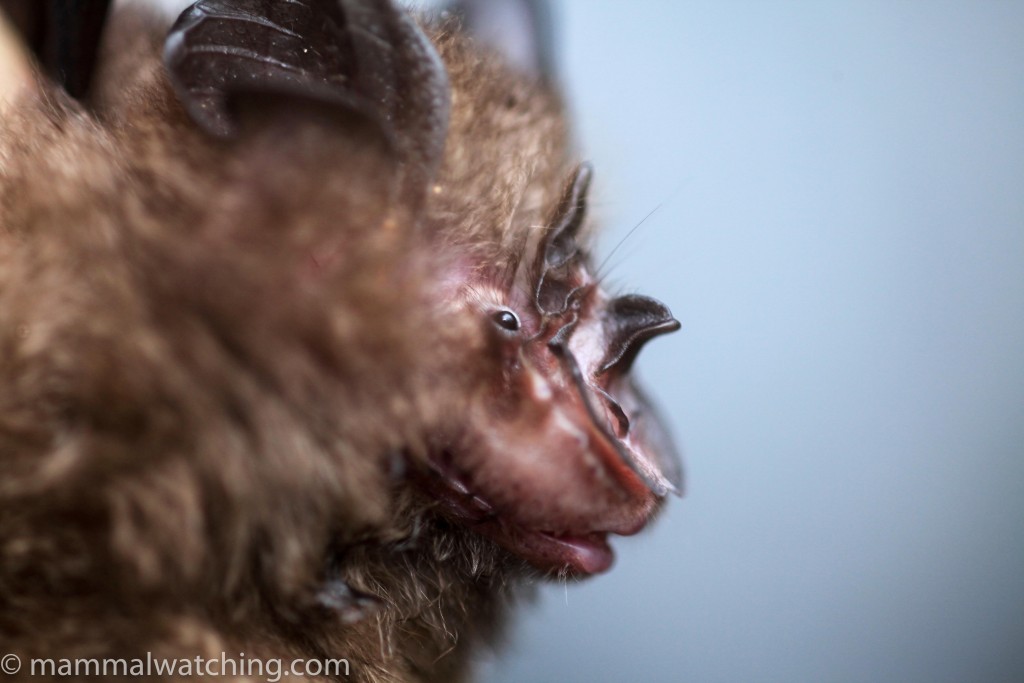 Pearson’s Horseshoe Bat
Pearson’s Horseshoe Bat
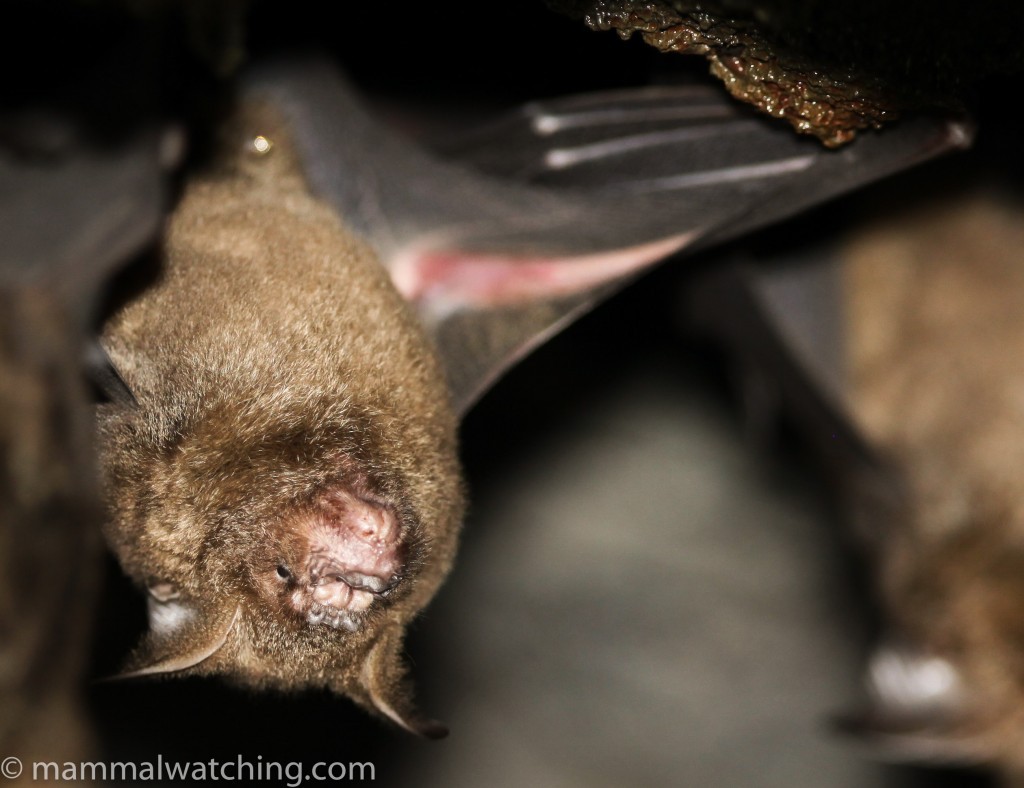 Greater Roundleaf Bat
Greater Roundleaf Bat



